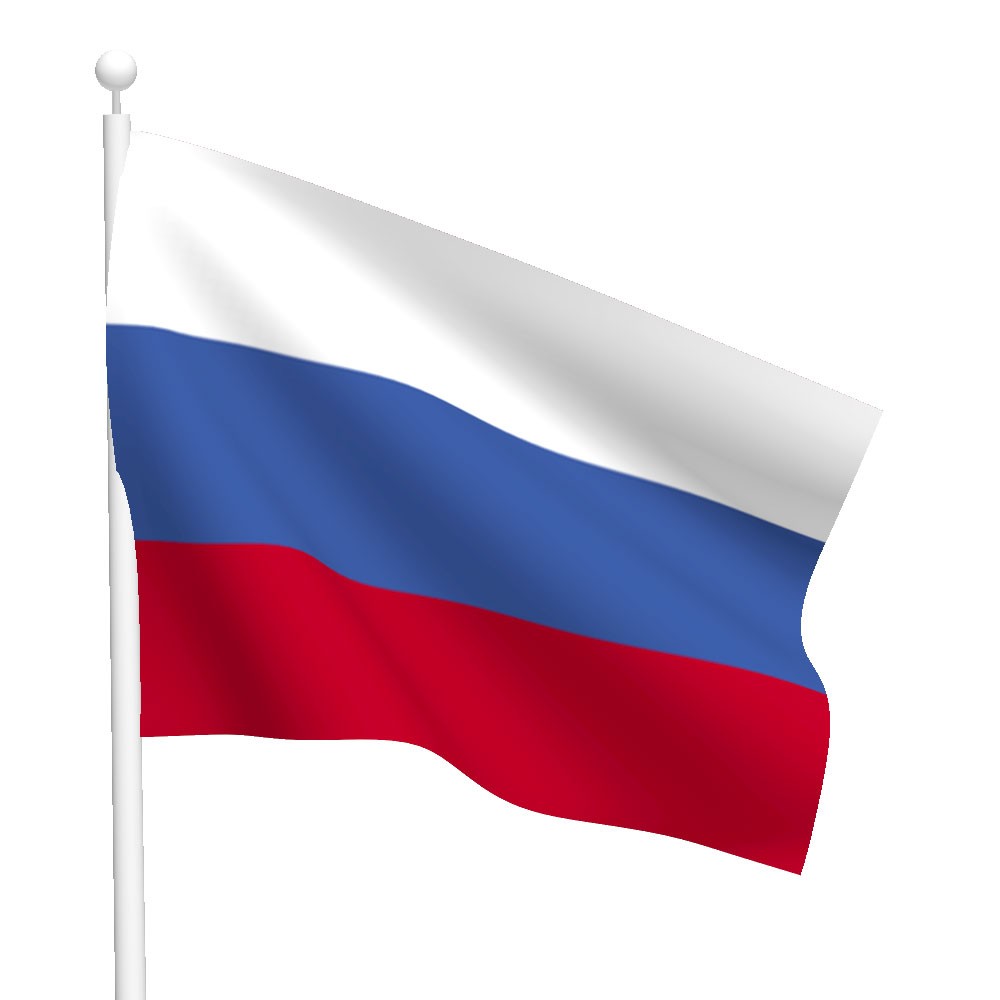A hacktivist group known as ‘Twelve’ has been seen using an array of publicly available tools to conduct destructive cyber-attacks against Russian targets.
“Rather than demand a ransom for decrypting data, Twelve prefers to encrypt victims’ data & then destroy their infrastructure with a wiper to prevent recovery,” Kaspersky said in a Fri. analysis.
“The approach is indicative of a desire to cause maximum damage to target organisations without deriving direct financial benefit.”
Russo-Ukrainian War
The hacking group, thought to have been formed in April 2023 following the onset of the Russo-Ukrainian war, has a record of mounting cyber-attacks that aim to cripple victim networks & disrupt business operations.
It has also been observed conducting hack-&-leak operations that exfiltrate sensitive information, which is then shared on its Telegram channel.
DARKSTAR
Kaspersky outlined that Twelve shares infrastructural & tactical overlaps with a ransomware group called DARKSTAR (aka COMET or Shadow), raising the possibility that the 2 intrusion sets are likely related to one another or part of the same activity cluster.
“At the same time, whereas Twelve’s actions are clearly hacktivist in nature, DARKSTAR sticks to the classic double extortion pattern,” the Russian cyber-security vendor observed. “This variation of objectives within the syndicate underscores the complexity & diversity of modern cyberthreats.”
Remote Desktop Protocol
The attack chains start with gaining initial access by abusing valid local or domain accounts, after which the Remote Desktop Protocol (RDP) is used to facilitate lateral movement. Some of these attacks are also conducted via the victim’s contractors.
“To do this, they gained access to the contractor’s infrastructure & then used its certificate to connect to its customer’s VPN,” Kaspersky noted.
“Having obtained access to that, the adversary can connect to the customer’s systems via the Remote Desktop Protocol (RDP) & then penetrate the customer’s infrastructure.”
Varied Tools
Among the other tools used by Twelve are Cobalt Strike, Mimikatz, Chisel, BloodHound, PowerView, adPEAS, CrackMapExec, Advanced IP Scanner, and PsExec for credential theft, discovery, network mapping, & privilege escalation. The malicious RDP connections to the system are tunnelled through ngrok.
Also used are PHP web shells with capabilities to execute arbitrary commands, move files, or send emails. These programs, such as the WSO web shell, are readily available on GitHub.
Security Vulnerabilities
In one incident investigated by Kaspersky, the threat players are believed to have exploited known security vulnerabilities (e.g., CVE-2021-21972 and CVE-2021-22005) in VMware vCenter to deliver a web shell that then was used to drop a backdoor dubbed FaceFish.
“To gain a foothold in the domain infrastructure, the adversary used PowerShell to add domain users & groups, & to modify ACLs (Access Control Lists) for Active Directory objects,” it commented. “To avoid detection, the attackers disguised their malware & tasks under the names of existing products or services.”
Some of the names used include “Update Microsoft,” “Yandex,” “YandexUpdate,” & “intel.exe.”
PowerShell Script
The attacks are also characterised by the use of a PowerShell script (“Sophos_kill_local.ps1”) to terminate processes related to Sophos security software on the compromised host.
The concluding stages entail using the Windows Task Scheduler to launch ransomware & wiper payloads, but not before gathering & exfiltrating sensitive information about their victims via a file-sharing service called DropMeFiles in the form of ZIP archives.
“The attackers used a version of the popular LockBit 3.0 ransomware, compiled from publicly available source code, to encrypt the data,” Kaspersky researchers explained. “Before starting work, the ransomware terminates processes that may interfere with the encryption of individual files.”
Master Boot Record (MBR)
The wiper, identical to the Shamoon malware, rewrites the master boot record (MBR) on connected drives & overwrites all file contents with randomly generated bytes, effectively preventing system recovery.
“The group sticks to a publicly available & familiar arsenal of malware tools, which suggests it makes none of its own,” Kaspersky noted. “This makes it possible to detect & prevent Twelve’s attacks in due time.”









